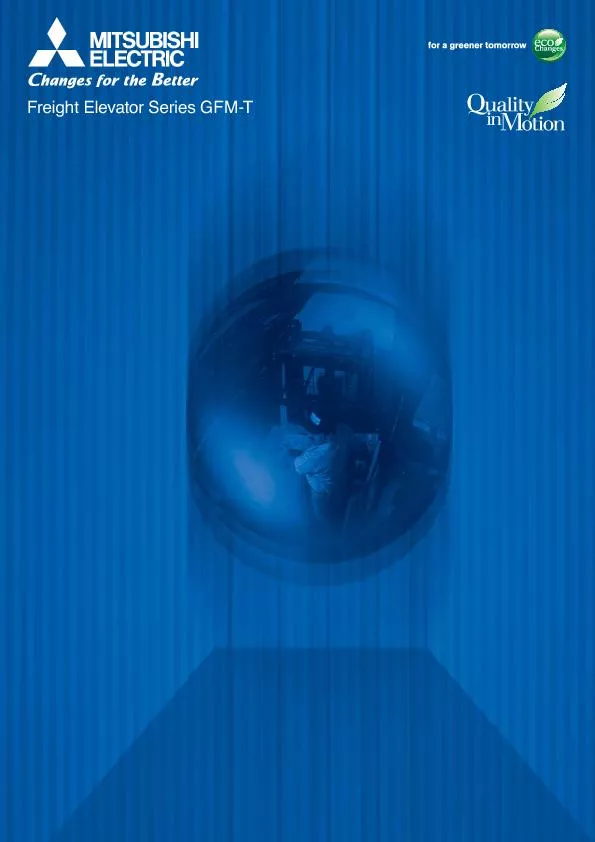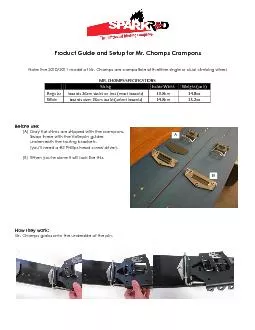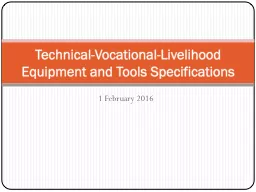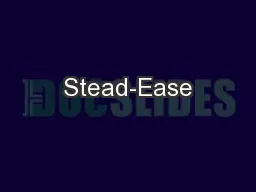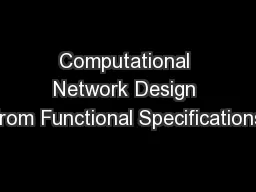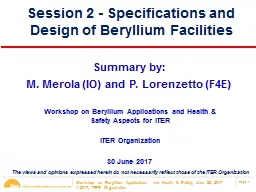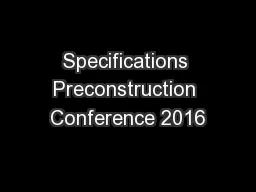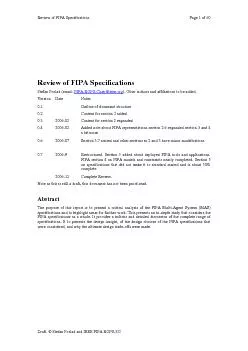PDF-Basic Specifications
Author : cheryl-pisano | Published Date : 2016-03-20
Mitsubishi Freight ElevatorsCan Improve Your GoodsHandling Ability 1 2 Type Entrance mmNote 1 Freight elevators of less than 2500kg capacity can only be loaded by
Presentation Embed Code
Download Presentation
Download Presentation The PPT/PDF document "Basic Specifications" is the property of its rightful owner. Permission is granted to download and print the materials on this website for personal, non-commercial use only, and to display it on your personal computer provided you do not modify the materials and that you retain all copyright notices contained in the materials. By downloading content from our website, you accept the terms of this agreement.
Basic Specifications: Transcript
Download Rules Of Document
"Basic Specifications"The content belongs to its owner. You may download and print it for personal use, without modification, and keep all copyright notices. By downloading, you agree to these terms.
Related Documents

